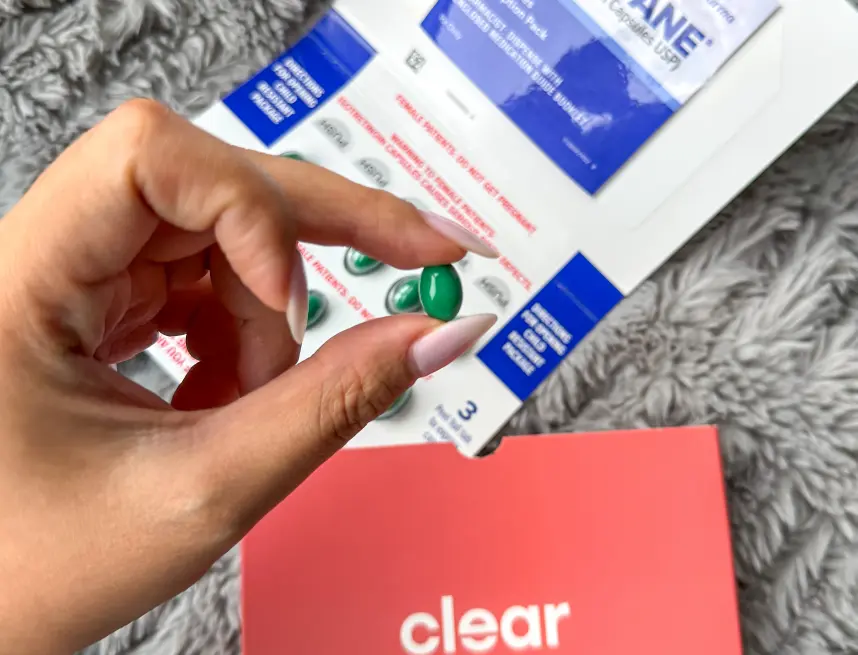Itchy rashes are a common ailment that affects many people, causing discomfort and concern. The skin, being the largest organ of the body, is often the first line of defense against environmental factors and can react in the form of a rash when irritated or under attack by various agents. In this article, we delve into the world of itchy rashes, exploring their various forms, the importance of professional assessment for serious conditions, and the range of treatments that can alleviate discomfort.
A rash can be perceived as a distress signal from our skin, alerting us to various internal and external triggers. While often manifested as a simple red mark, a rash’s presentation can vary dramatically, with some developing into swollen, blistering, or scaly patches. Beyond being a mere response to irritants, rashes can be reflective of systemic conditions. Rashes are not just a minor inconvenience; they represent a significant portion of skin condition cases globally. They can be symptomatic of over 3,000 skin disorders and have implications for systemic diseases. It is imperative to approach skin symptoms with a comprehensive perspective, considering the potential interconnectedness with broader health issues.
What is Causing Itchy Rashes
The sensation of itching, or pruritus, is a complex neurological response triggered by the body’s immune system or by external irritants. When our skin perceives an irritant, be it a chemical, a plant, an insect bite, or even a fabric, immune cells release histamines and other chemicals that signal the nerve endings in the skin. This signal is interpreted by the brain as an itch, prompting the reflex to scratch. Scratching is intended to protectively remove the irritant, but it can also lead to further inflammation and even damage the skin barrier, sometimes worsening the itch.
Itchiness often accompanies rashes as a hallmark symptom, acting as a distress call from the skin. Whether caused by dryness, eczema, or an allergic reaction, the itch can range from mildly distracting to sleep-disrupting intensity. The chronic nature of conditions like atopic dermatitis can lead to a vicious cycle of itching and scratching, which in turn perpetuates the rash and discomfort. Moreover, environmental factors such as dry air or heat can strip the skin of moisture, exacerbating sensitivity and leading to an increased itch sensation. Understanding the origin and nature of an itch is vital in managing rashes and maintaining skin health.
Non-Infectious Rashes
Allergic Dermatitis
Allergic dermatitis is a clear example of the body’s defense mechanisms in action. When the skin encounters a substance that it deems harmful, the immune system launches a response that can lead to an itchy, inflamed rash. This type of dermatitis is particularly challenging because it requires individuals to become detectives in their own lives, identifying and then avoiding the allergen responsible for their discomfort. Treatments for allergic dermatitis typically aim to soothe the inflamed skin and may include the application of topical corticosteroids to reduce the immune response and alleviate symptoms.
Psoriasis
Psoriasis presents a more complex challenge as it involves the body’s immune system attacking its own tissues. This condition manifests as thick, scaly patches that can cause significant itching and discomfort. The enigma of psoriasis lies in its triggers, which can be as varied as emotional stress, physical trauma to the skin, or certain medications, making management a personalized journey for each individual. Treatments span a wide spectrum, from creams that reduce cellular turnover to advanced therapies like biologics, which target specific aspects of the immune response.
Zexo.club – Selling SMTP 100% Inbox – SMTP for Spamming – Bulk Email Sender with SMTP unlimited emails per day – Spam Tools – Office 365 Full Spamming Setup – AWS SES Smtp Limit 50k day – Kagoya, Wadax Japan smtp – Sms Spamming – Bulletproof cPanels & Shells for scampage – Fresh Office 365 2fa cookies Link and Attachment – Craxs RAT – Fud Crypter – XWorm RAT
Contact :
Website : https://zexo.club/
Telegram Channel : https://t.me/zexoclub
Telegram : https://t.me/zex0club
Infectious Rashes
Bacterial Infections
When it comes to bacterial infections, the skin’s integrity is paramount. Conditions such as impetigo and cellulitis arise when bacteria breach the skin’s protective barrier. These infections can escalate quickly, turning a small cut into a site of red, swollen, and painful skin eruptions. The role of antibiotics in treating these infections is crucial; they not only address the immediate symptoms but also help to prevent more serious health complications that can arise from the spread of the infection.
Fungal Infections
Fungal infections bring to light the importance of skin environment. The moist, warm folds of the skin can become breeding grounds for fungi, resulting in itchy, ring-shaped rashes. While over-the-counter antifungal treatments are effective for many, persistent or widespread fungal infections may require prescription-strength medications. The management of these infections often includes attention to keeping the affected areas dry and clean to prevent recurrence.
Viral Rashes
Measles and Chickenpox
Viral rashes such as measles and chickenpox are most commonly associated with childhood illnesses. These diseases, while preventable through vaccination, are highly contagious and can cause significant discomfort due to their itchy rashes. Medical interventions in these cases are often aimed at alleviating symptoms and preventing complications, especially in populations vulnerable to more severe forms of the diseases.
Shingles
Shingles, a reactivation of the chickenpox virus in later life, highlights the complexities of viral rashes. This painful rash serves as a reminder that viruses can remain dormant in the body and reemerge. Treatment for shingles includes antiviral medications and pain management strategies, but perhaps the most effective measure is prevention through vaccination.
Itchy Rash Treatments
The first line of defense against the itch and discomfort of rashes often comes in the form of topical treatments. Corticosteroid creams, available over the counter, can provide quick relief by reducing inflammation. These treatments are easy to apply and can target specific areas of the skin, making them a convenient option for many sufferers. For more systemic or severe reactions, oral medications may be necessary. Antihistamines can offer relief from the relentless itch, while oral corticosteroids might be prescribed to manage more intense inflammatory responses. When it comes to infections, appropriate oral antibiotics or antifungals become essential to address the underlying cause of the rash. In addition to medical treatments, home remedies can play a supportive role in managing itchiness. Natural approaches such as oatmeal baths, cold compresses, and aloe vera can provide gentle relief for irritated skin.
Understanding itchy rashes is crucial for proper care and treatment. Whether the cause is allergic, autoimmune, bacterial, fungal, or viral, each type of rash requires a tailored approach. Recognizing when a rash is a minor irritation or a sign of a more serious condition is key to ensuring appropriate treatment. For persistent or severe rashes, DermOnDemand clinicians can help identify an accurate diagnosis and effective management plan.








